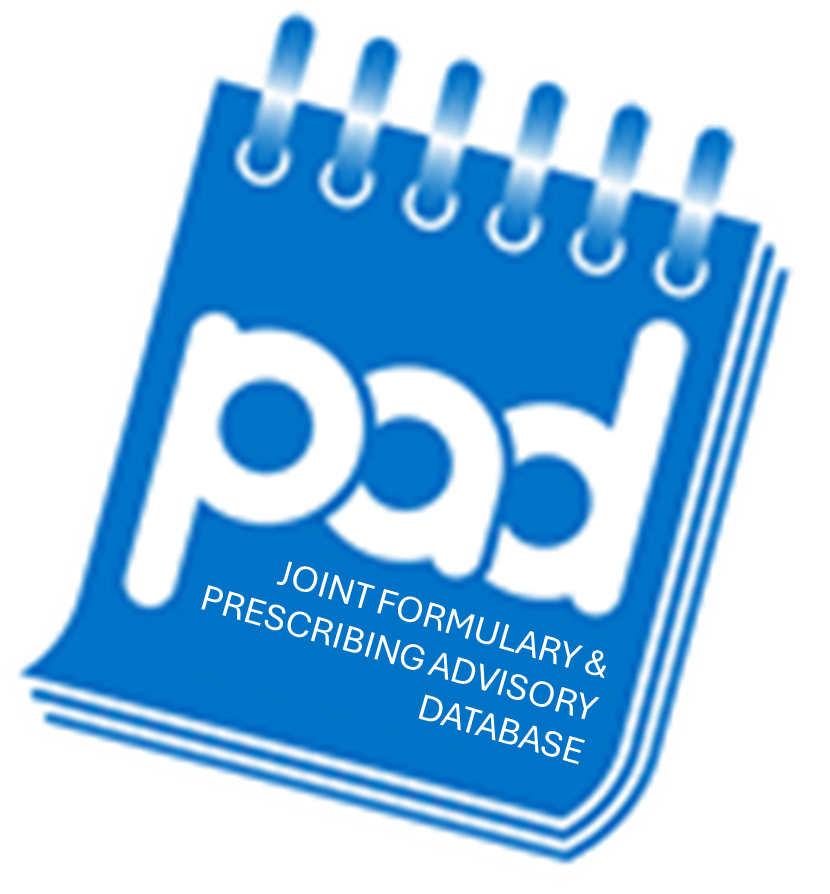
Tofacitinib - Psoriatic arthritis
You are here : Home > Formulary Search > Tofacitinib - Psoriatic arthritis
Status 1
- Tablets
Documentation
PAD Profile
Committee Recommendations (3)
The Surrey Heartlands Integrated Care System Area Prescribing Committee agreed the reviewed and updated Psoriatic arthritis high cost immunomodulator treatment pathway.
The Surrey Heartlands ICS Area Prescribing Committee have agreed an update of the Psoriatic Arthritis High Cost immunomodulator Drug Treatment Pathway.
The pathway has been updated following guidance from the Regional Medicines Optimisation Committee in May 2020, in relation to the sequential use of biologic medicines.
The Surrey & North West Sussex Area Prescribing Committee (APC) recommends tofacitinib as a treatment option in adult patients with active psoriatic arthritis after inadequate response to DMARDs in line with NICE TA 543 (October 2018)
Tofacitinib is a payment by results excluded medicine and initiation and subsequent monitoring of response will be by the rheumatology specialist service. Blueteq forms for initiation and continuation will be available for completion by specialist teams.
Tofacitinib will be considered as RED on the traffic light system
Primary care prescribers should ensure that patient medication records include any medicine for which prescribing remains the responsibility of secondary or tertiary care. This will ensure that GP records, which are accessed by other healthcare providers, are a true and accurate reflection of the patient’s medication.
Other Indications
Below are listed other indications that Tofacitinib is used to treat.
Other Drugs
Below are listed other drugs that are used to treat Psoriatic arthritis.
